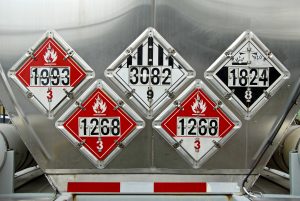 The following guest post is by Morgan Frey, Marketing Lead, Ereztech LLC
The following guest post is by Morgan Frey, Marketing Lead, Ereztech LLC
Logistics may not be top-of-mind when thinking about electrochemical and solid state manufacturing processes, but one failed shipment can throw an entire production schedule off target. Specialty chemicals, such as atomic layer deposition (ALD) precursors for the manufacture of thin films, are considered hazardous materials (hazmat) and therefore require special care and preparation for transportation. (more…)

